Image Hotlinking and SEO: Are There Any Benefits
Exploring the Impact of Image Hotlinking on SEO Performance The clandestine world of SEO teems with tactics both revered and controversial; amongst them, image hotlinking sits ambiguously […]
Exploring the Impact of Image Hotlinking on SEO Performance
The clandestine world of SEO teems with tactics both revered and controversial; amongst them, image hotlinking sits ambiguously at the crossroads of debate.
Hotlinking, a process where one website directly links to an image hosted on another, can be seen as a blessing for traffic but a potential curse for bandwidth and attribution.
The intricacies of search engine algorithms render the SEO impact of hotlinking not only profound but also enigmatic.
Dissecting its influence requires a forensic examination of both the technical landscape and intellectual property rights.
Keep reading to unearth the nuanced ways image hotlinking could be shaping your site’s presence in the search engine results pages (SERPs).
Key Takeaways
- Image Hotlinking Can Strain Web Server Resources and Affect a Site’s SEO Performance
- Hotlinking Practices May Raise Intellectual Property Concerns and Create Duplicate Content Issues
- Search Engines Like Google Can Penalize Sites for Image Hotlinking Due to Improper Usage
- LinkGraph’s SEO Services Can Help Navigate Hotlinking Issues With Tools Like SearchAtlas SEO Software for Backlink Analysis
- Proper Attribution of Hotlinked Content Can Sometimes Lead to Unintended SEO Benefits
Understanding Image Hotlinking and Its SEO Ramifications
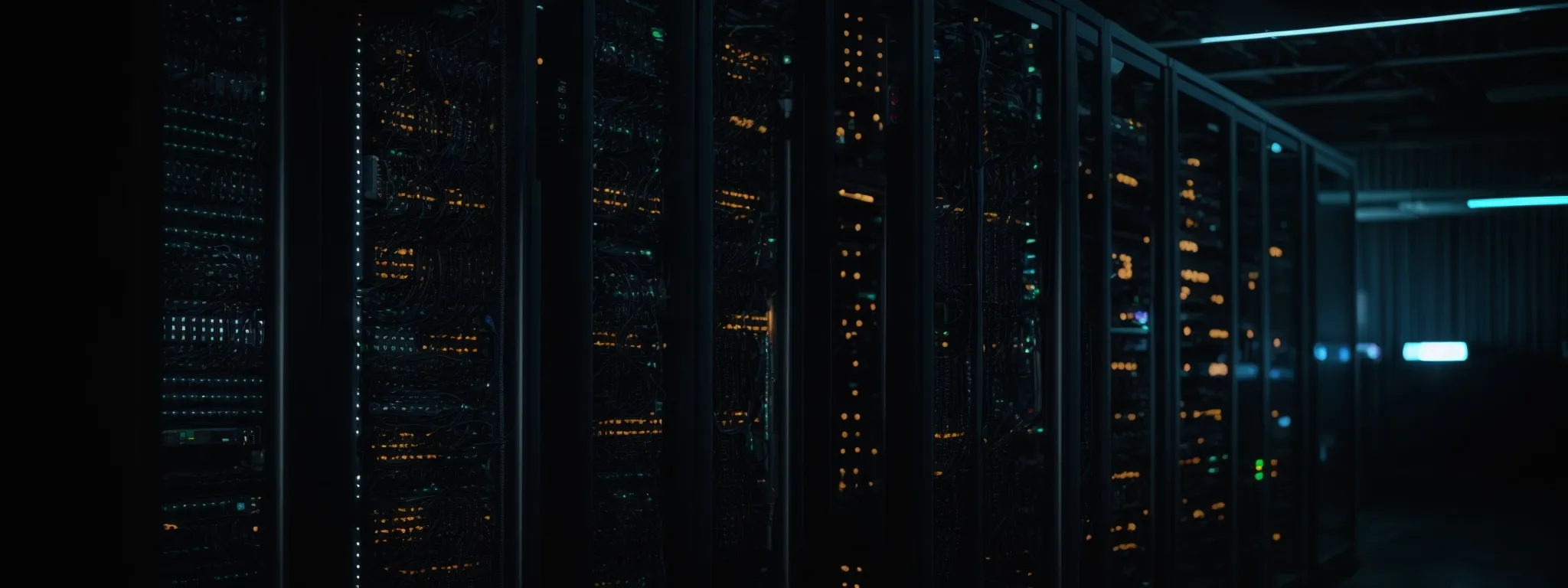
In the dynamic landscape of search engine optimization, website owners must vigilantly protect their content while optimizing for performance – a duality that introduces the complex topic of image hotlinking.
Seen by many as a nefarious tactic, image hotlinking occurs when an external site embeds an asset, such as an image or audio file, directly from another source’s server without permission, thereby siphoning bandwidth and potentially affecting SEO outcomes.
Delving into the core of this practice, this introduction paves the way for a thorough consideration of what hotlinking entails, its tangible effects on web server resources, and, critically, the nuanced ways in which it interplays with search engine rankings—a threefold exploration that compels website owners and digital marketers to recognize and strategize against its use.
Deciphering What Image Hotlinking Involves
At its core, image hotlinking occurs when a website links to an image by using the image’s URL from another domain, essentially allowing the hotlinking website to display the image as if it were its own. This act leverages the hotlinked site’s hosting resources, as each visit to the hotlinking site incurs a server request to the original owner’s domain, not the intermediary’s. Consequently, image hotlinking can inadvertently inflict increased bandwidth costs and potentially slow down the victimized website due to the unexpected drain on resources.
This questionable practice not only strains the web server of the content’s rightful owner but also raises concerns regarding intellectual property rights. Moreover, the outcome of image hotlinking can muddy the waters of SEO performance by creating duplicate content issues and diluting the authority that original images contribute to their host web page, complicating the efforts of website owners who seek to maintain a robust online presence through Ethical SEO Practices provided by reputable firms like LinkGraph.
Scrutinizing the Direct Impact on Website Performance
The act of image hotlinking manifests in tangible performance issues for the afflicted website. The surreptitious consumption of bandwidth through hotlinking can lead to slower site load times, a critical factor that search engines like Google consider for rankings, thus potentially diminishing the SEO advantage of the original content owner.
Engagement metrics can suffer as the original website contends with the performance drag inflicted by unapproved image linking. The website owner must address these complications or risk compromised user experience, which is often reflected in search engine result page (SERP) positioning, ultimately affecting visibility and organic traffic.
Image Hotlinking and Its Correlation With SEO Rankings
Image hotlinking, while often overlooked, can quietly erode a website’s SEO performance. The search engines’ algorithms may mistakenly associate the duplicated visual content with lower quality or duplicate content, which can have a negative impact on a site’s ranking in search engine results.
Furthermore, the delicate balance of high-quality inbound links, a cornerstone in SEO, is disrupted when images are hotlinked. Original content creators miss potential backlink opportunities, as the image hotlinking site inadvertently becomes the focal point, attracting the backlinks that are rightfully due to the source website, thus impairing the originator’s ability to climb the SERPs.
The Myths and Realities of Image Hotlinking Benefits
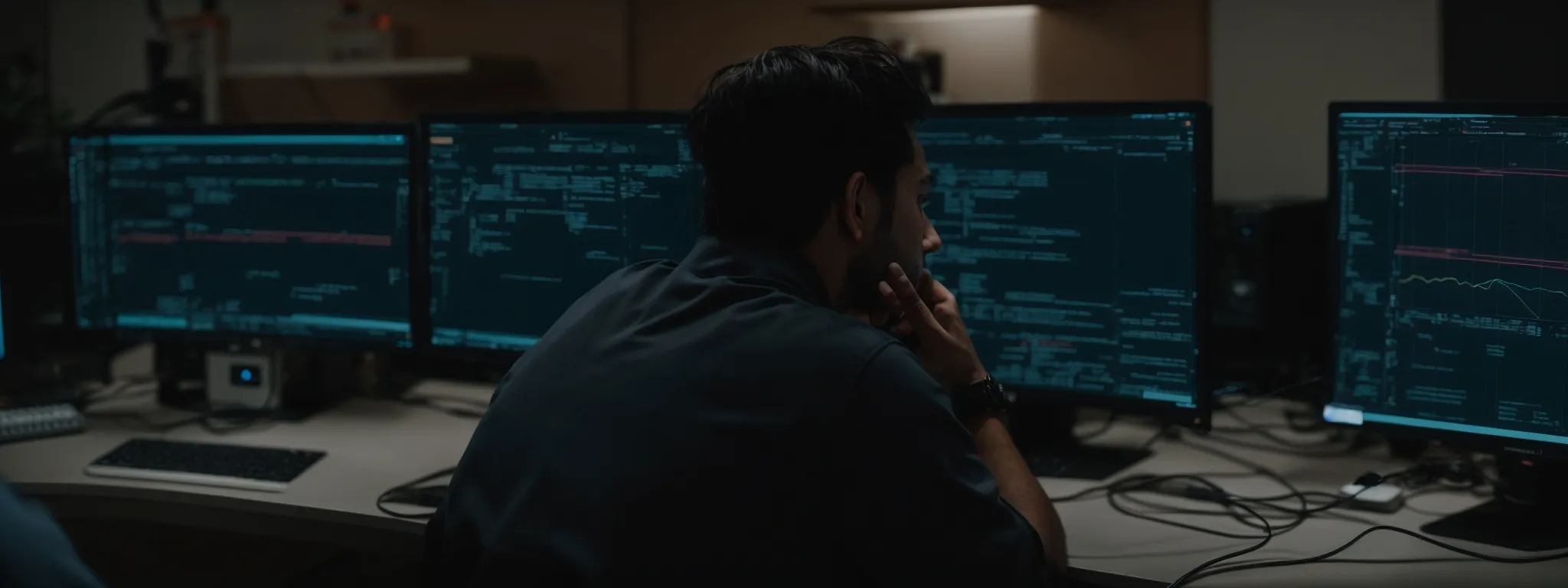
In the intricate realm of SEO, image hotlinking stands as a controversial technique with a reputation that swings between harmful practice and misunderstood strategy.
Before LinkGraph’s SEO services can be implemented to combat or harness it, deciphering the intricate web of truths and fallacies that shroud image hotlinking seems imperative.
The following discussion is poised to shatter the often perpetuated myths about the unwarranted benefits of hotlinking, while also providing insight into scenarios where it might, in some cases, unexpectedly bolster SEO efforts.
It is in the twists and nuances of these potential advantages where proactive strategies take shape, pushing the boundaries of traditional SEO understanding.
Debunking the Common Myths Surrounding Hotlinking
The prevailing notion that image hotlinking serves as an SEO shortcut is a significant misconception. When another site displays your content via hotlinking, it can erroneously appear as the original source, robbing your site of the recognition it deserves and potentially leading search engines to penalize your site for duplicate content.
Another myth is the idea that hotlinking does not adversely affect website performance; however, the truth is that it places undue stress on the original host’s resources. This, in turn, can degrade the site’s user experience, negatively impacting the very SEO ranking the website owner strives to enhance, and underscoring the need for the Proactive Measures Offered by LinkGraph‘s SEO services.
| Myth | Reality |
|---|---|
| Image hotlinking is an efficient SEO strategy. | Hotlinking misleads search engines, potentially resulting in penalties for duplicate content. |
| Hotlinking has no impact on website performance. | The bandwidth strain of hotlinking compromises site performance and user experience, negatively affecting SEO. |
Outlining Potential Upsides of Image Hotlinking for SEO
In isolated instances, image hotlinking might lead to inadvertent backlinks when the image is accompanied by a reference to the owner’s domain, potentially increasing the visibility of the original site. This serendipitous credit can drive a modest uptick in traffic as curious users follow the breadcrumbs back to the source, navigating beyond the hotlinked imagery to the site where the content originated.
Additionally, when dominant, high-traffic platforms engage in image hotlinking, the source website may gain exposure to a broader audience, albeit non-traditional. Such exposure ideally creates interest and drives direct search queries, which can contribute to improved recognition in search algorithms, provided the original site is accurately credited and the content unequivocally associated with it.
Analyzing How Search Engines View Image Hotlinking
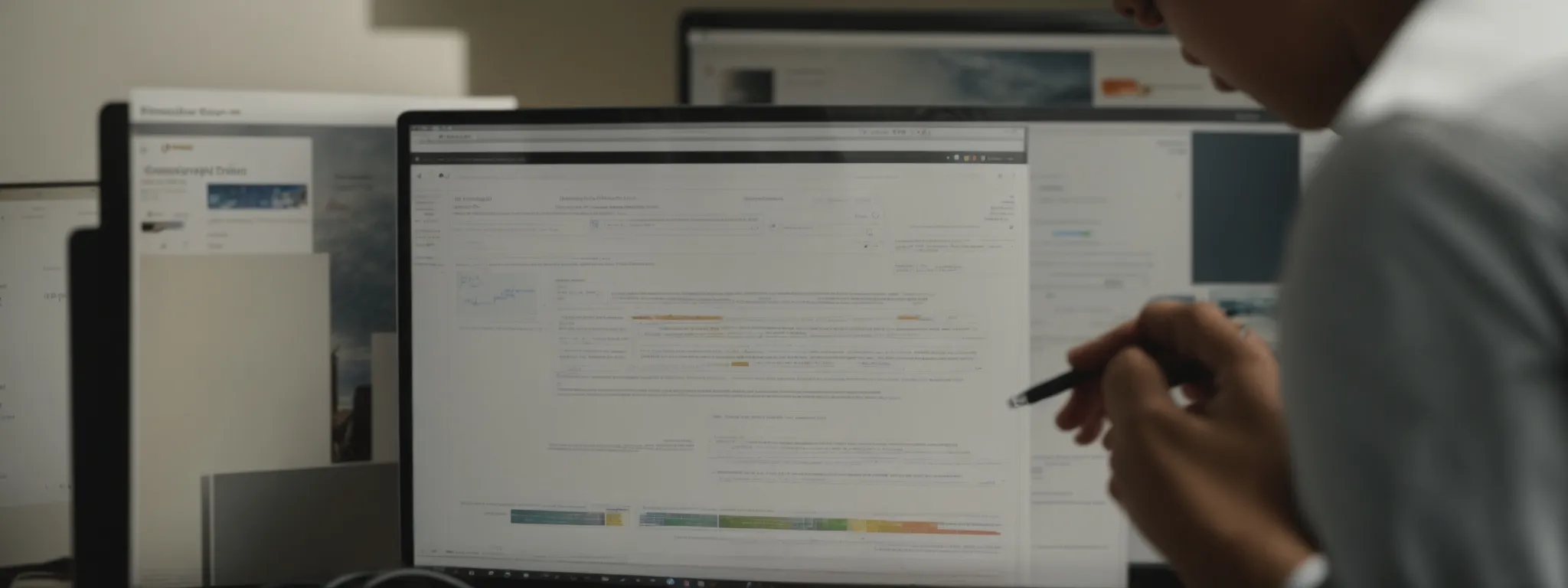
As businesses strive to refine their online presence, understanding how search engine algorithms interpret image hotlinking becomes pivotal.
Search engines, led by industry titan Google, are intricately engineered to assess and attribute content, making their perspective on hotlinked images essential knowledge for webmasters.
In view of this, analyzing the operational nuances of search algorithms in relation to image hotlinking reveals critical insights for developing a resilient SEO strategy, one that addresses the nuanced criteria by which search engines rank and value web resources.
This exploration of algorithmic judgement is vital for those adopting SEO services designed to optimize digital assets for maximum organic search visibility.
Insight Into Google’s Perspective on Hotlinked Images
Google’s search algorithm is sophisticated enough to discern the context and origin of online content, including images. When it encounters hotlinked images, meticulously algorithmic evaluations aim to determine the source, favoring the original content creator in terms of authority and relevance within search results, emphasizing the importance of proper attribution and content security as upheld by LinkGraph’s SEO services.
The search giant advocates for a web ecosystem where hotlinking is mitigated, recognizing the undesirable bandwidth burden it places on the hosting entity and the potential for diminished site performance. Consequently, Google’s stance on hotlinked images leans towards penalizing improper use, thereby reinforcing the merit in employing strategic measures such as Hotlink Protection, one of the many facets encompassed within the SEO services offered by LinkGraph.
The Role of Image Hotlinking in Search Algorithms
Understanding the impression that image hotlinking leaves on search algorithms is crucial for shaping a powerful SEO strategy. Search algorithms have evolved to comprehend the paradigm of content sharing across the web, attributing value to the authenticity and originality of content, which can be marred by the practice of hotlinking without appropriate attribution of the image to its origin.
LinkGraph’s SEO services emphasize that algorithms tend to reward sites that demonstrate ownership of unique content, as hotlinking could disrupt the link equity and content relevance signals essential for rankings. This underscores the importance of strategic SEO practices that ensure digital assets receive the credit they deserve, reinforcing the site’s credibility and standing in the search engine’s assessment.
Case Studies: When Image Hotlinking Affects SEO Positively

Contrary to general consensus, the realm of SEO beholds instances where image hotlinking has unexpectedly provided a boon to search engine rankings.
The following exploratory segment unveils real-world scenarios and unanticipated success stories, elucidating instances where the contentious practice of hotlinking has paradoxically driven SEO benefits.
These case studies serve to illuminate the multifaceted impact of image hotlinking, revealing how, under certain conditions, it can enhance a website’s visibility and authority in the eyes of search algorithms.
In examining these outliers, one gains appreciation for the complexity of SEO dynamics and the varied factors that contribute to a website’s digital footprint.
Real-World Scenarios Where Hotlinking Improved SEO
In an intriguing turn of events, a prominent online publisher experienced a noticeable surge in organic traffic when a highly circulated article inadvertently hotlinked to an infographic hosted on the publisher’s site. The significant spike in visibility was attributed to the sheer volume of users engaging with the article who were then driven to explore the original site for further information.
Another instance was recorded when a popular educational platform hotlinked educational images from a niche content creator’s website. This scenario led to an increase in direct traffic as the platform’s users sought the source for more comprehensive material, thereby boosting the creator’s site authority and positively influencing its ranking on search engines.
| Content Creator | Platform | Result |
|---|---|---|
| Online Publisher | Highly Circulated Article | Surge in Organic Traffic from Hotlinking |
| Niche Content Creator | Educational Platform | Increase in Direct Traffic and Enhanced Site Authority |
Success Stories and Unexpected SEO Perks of Hotlinking
In an industry where search rankings can make or break a digital presence, image hotlinking has, in some rare but notable instances, functioned as an unexpected ally. A classic example involves a viral social media post that used an image from a lesser-known blog; while the usage was non-consensual, it inadvertently directed substantial traffic to the blog, increasing its visibility and search engine relevance.
This counterintuitive dynamic showcases that, under specific and often unpredictable circumstances, hotlinked images can result in SEO gains. It is this paradox that exemplifies the multifaceted nature of digital content strategies and the sometimes serendipitous impact of hotlinking:
- A viral social media post leads to heightened traffic for a hotlinked image’s source website.
- Increased visibility and improved search engine relevance are inadvertent byproducts of image hotlinking.
While these events are the exception rather than the rule, they highlight the necessity for a nuanced approach to digital asset protection and SEO, something that LinkGraph’s comprehensive SEO services adeptly provide. Leveraging such expertise ensures that website owners can navigate both the pitfalls and unexpected advantages of image hotlinking with strategic finesse.
Balancing the Downsides: Protecting Your Content
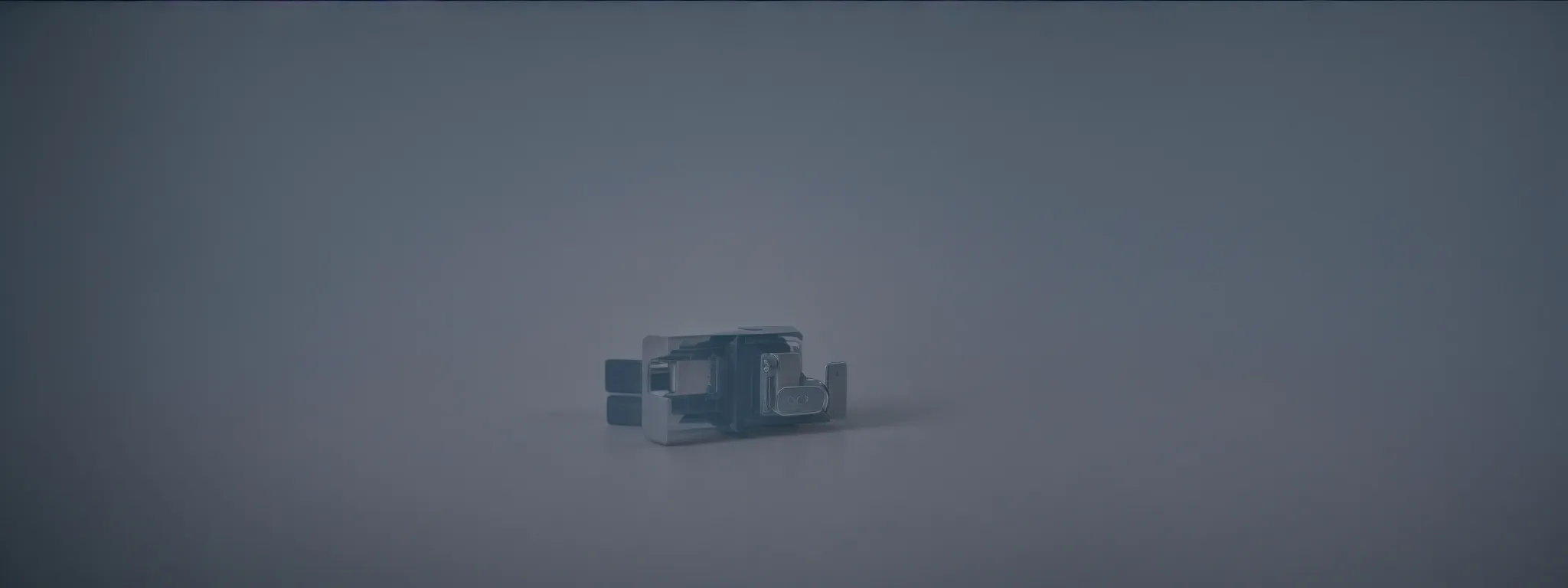
Amid the complexities of search engine optimization, the imperative to shield one’s digital assets from unauthorized use is paramount.
Image hotlinking – the act of featuring an image from one’s website on another without direct permission – is a significant concern for content creators seeking to maintain control over their online resources.
Within this context, the discourse shifts towards actionable methods that thwart unauthorized image use and the delicate interplay between optimizing for SEO performances while ensuring robust content protection.
This introduction sets the stage for an in-depth look at preventative strategies against hotlinking, and the thoughtful negotiation between leveraging SEO advantages and safeguarding the integrity of online content.
Methods to Prevent Unauthorized Image Hotlinking
Preventing unauthorized image hotlinking is essential for website owners to maintain control over their content and server resources, while preserving their website’s SEO health. One effective method is to configure the website’s .htaccess file to deny external domains the ability to directly link to image files, ensuring that only requests originating from the website’s domain serve its images.
Another strategy involves leveraging a security plugin or script that dynamically alters image URLs, which can thwart hotlinking attempts and complicate the process for those trying to unlawfully use a site’s bandwidth. These preventative measures secure a site’s assets and uphold its search engine optimization standing by preventing unsanctioned image consumption:
| Preventative Method | Function | SEO Benefit |
|---|---|---|
| .htaccess Configuration | Blocks external image requests | Preserves server resources and content integrity |
| Security Plugin/Script | Dynamically alters image URLs | Deterrs hotlinking and maintains SEO health |
Balancing SEO Benefits Against Content Protection
Maintaining a harmonized approach between content protection and SEO performance is imperative for website owners. Protecting visual content through methods such as hotlink prevention scripts and content delivery networks (CDNs) ensures that assets contribute positively to SEO without falling prey to unauthorized use, thus retaining the website’s authority and relevance in search rankings.
LinkGraph’s suite of SEO services recognizes the delicate interplay between safeguarding a site’s assets and enhancing its search engine visibility. Through Embedding Intelligent SEO Tactics into content protection strategies, such services empower website owners to uphold their site’s integrity while advancing its position in the search engine results pages (SERPs).
Maximizing SEO While Addressing the Challenges of Hotlinking
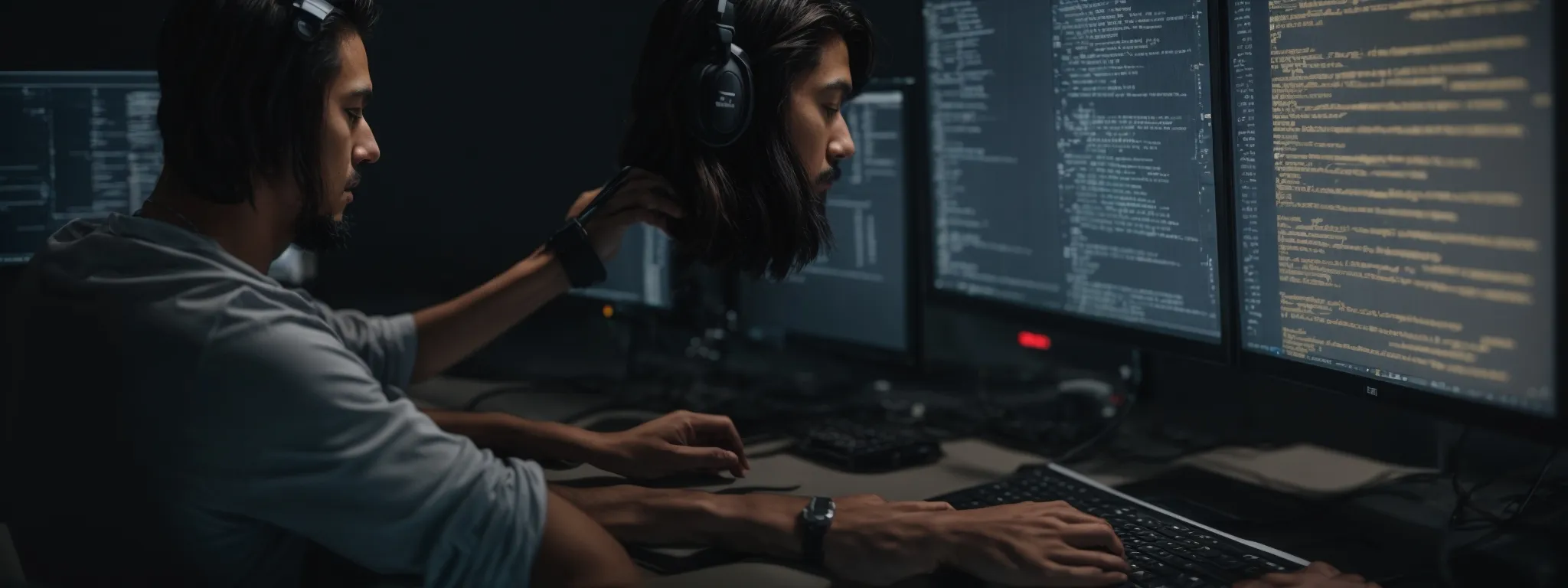
In the intricate dance of search engine optimization, the issue of image hotlinking emerges as a double-edged sword.
It presents both obstacles and potential opportunities for enhancing a website’s SEO performance.
This section delves into strategies that can help website owners leverage any SEO benefits that might arise from hotlinking, while also providing solutions to overcome the associated challenges.
Navigating these complexities requires a blend of proactive defense and savvy optimization techniques to bolster a site’s search engine standing without compromising its content’s integrity or user experience.
Strategies to Leverage Any SEO Gains From Hotlinking
To truly harness the SEO benefits that may incidentally stem from hotlinking, a meticulous discernment is pivotal in recognizing when hotlinked imagery garners positive attention. LinkGraph’s suite of SEO services meticulously advocates for the inclusion of clear, trackable attributions alongside hotlinked content, ensuring that every external use creates a pathway back to the source website, reinforcing its relevance and authority signals that search engines appraise.
It is essential to maintain a strategic SEO content strategy, where hotlinked images on authoritative external sites serve as an avenue for indirect brand exposure and referral traffic. LinkGraph’s expertise in SEO underscores the use of sophisticated analytics to monitor hotlinked content, enabling website owners to identify any fortuitous spikes in engagement that can then be transformed into meaningful SEO gains.
Overcoming the SEO Hurdles Presented by Image Hotlinking
Addressing the challenges of image hotlinking requires a proactive approach to strengthen a website’s SEO performance. LinkGraph’s SEO services offer Advanced Measures Such as Implementing Hotlink Protection through web server configurations that control access to image resources, effectively thwarting unauthorized use and preserving the site’s bandwidth and loading speed, key factors in SEO ranking algorithms.
Moreover, the utilization of LinkGraph’s comprehensive SearchAtlas SEO software enables website owners to conduct free backlink analysis. This tool allows for the identification and evaluation of hotlinking occurrences, equipping webmasters with the insights necessary to mitigate negative SEO impacts and protect their site’s ranking integrity in the ever-evolving digital landscape.
Conclusion
In conclusion, exploring the impact of image hotlinking on SEO performance is crucial for website owners seeking to maintain their site’s integrity, bandwidth, and search engine ranking.
While image hotlinking can drain server resources and potentially disrupt SEO by creating duplicate content issues, it can sometimes lead to unexpected SEO benefits if it results in additional backlinks and increased visibility.
However, these instances are rare and typically not worth the associated risks.
To navigate the challenges of image hotlinking, website owners must employ proactive strategies, such as editing the .htaccess file or using security plugins to prevent unauthorized access, while also using SEO services like LinkGraph to monitor hotlinked content and capitalize on potential indirect benefits.
By striking this balance, website owners can protect their content and enhance their SEO performance in the face of image hotlinking’s complexities.















































































